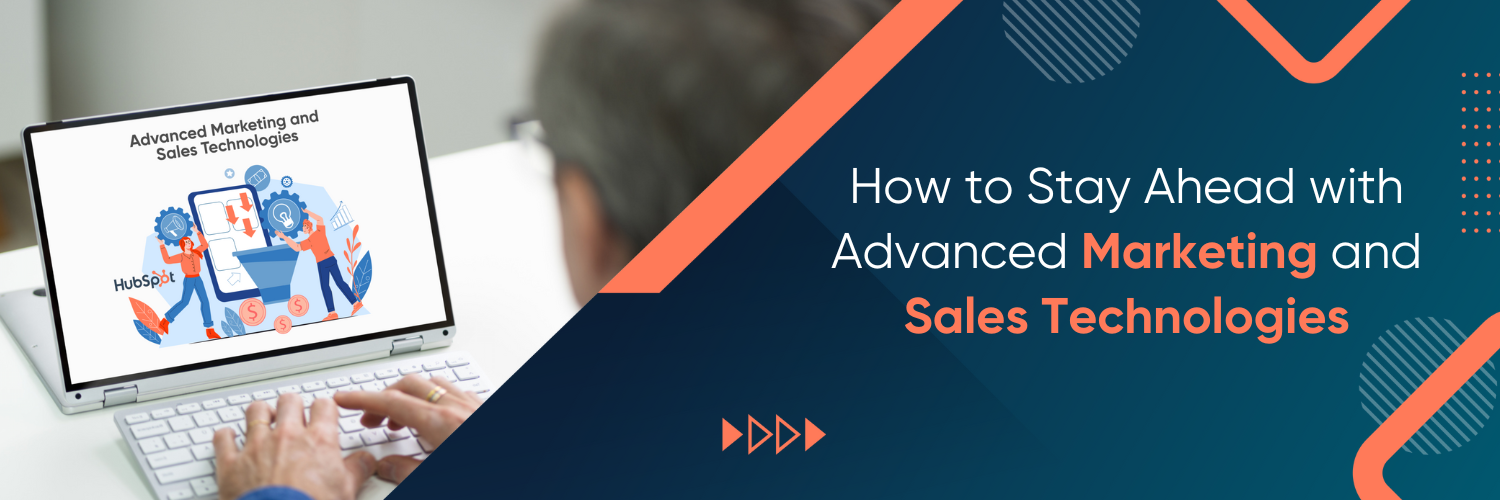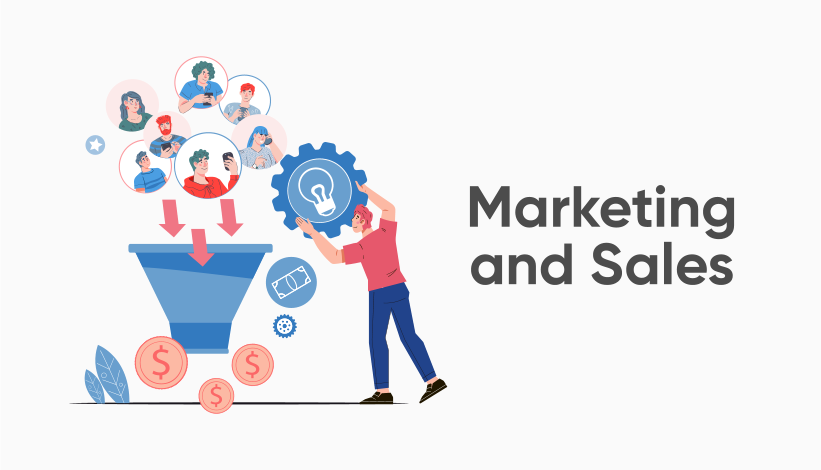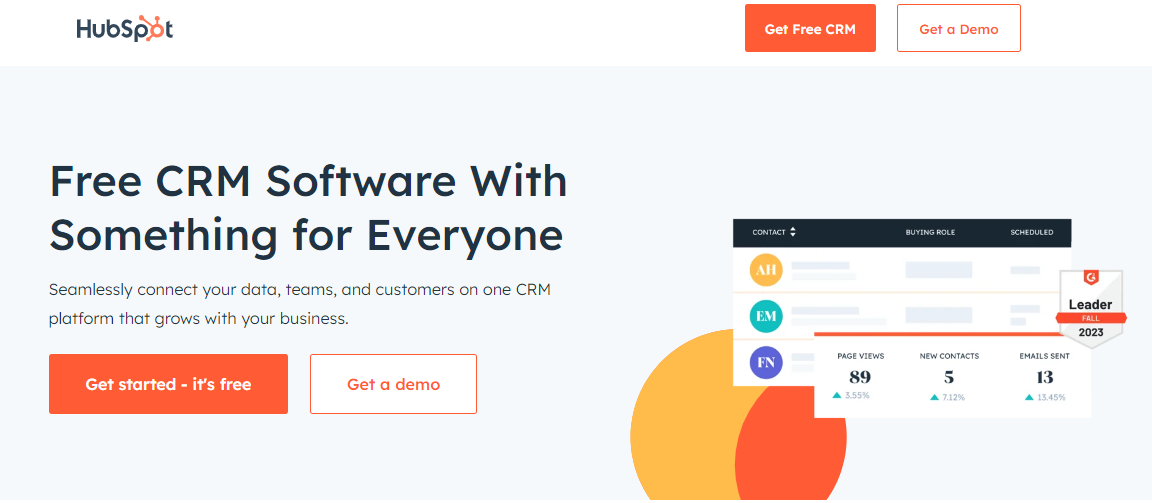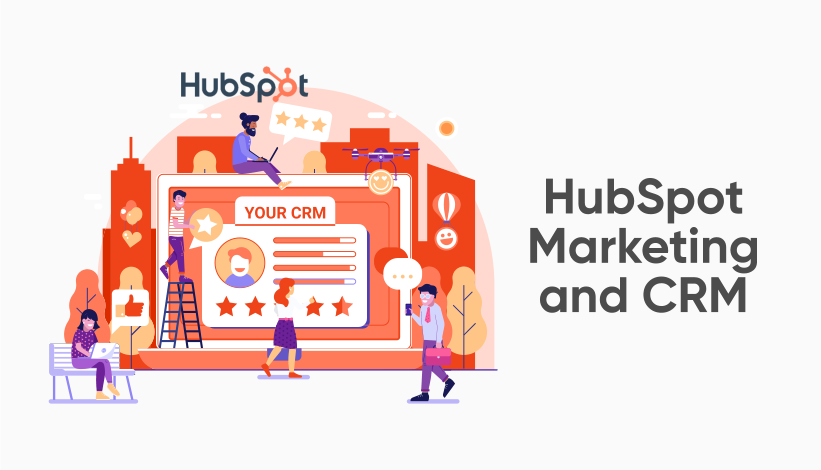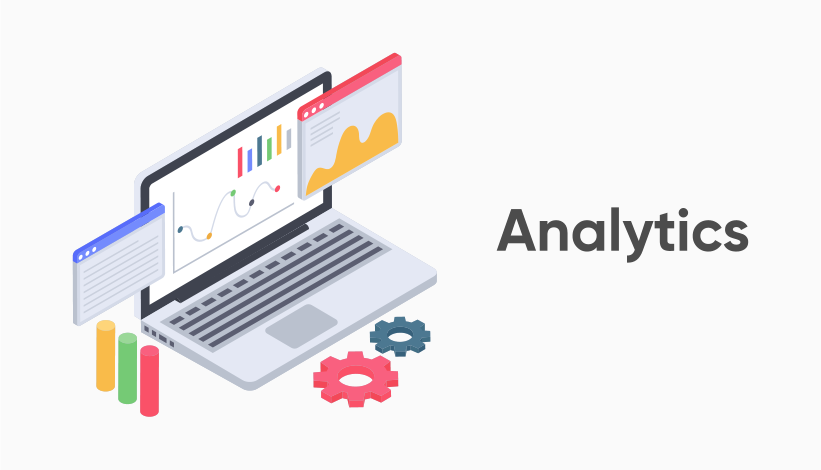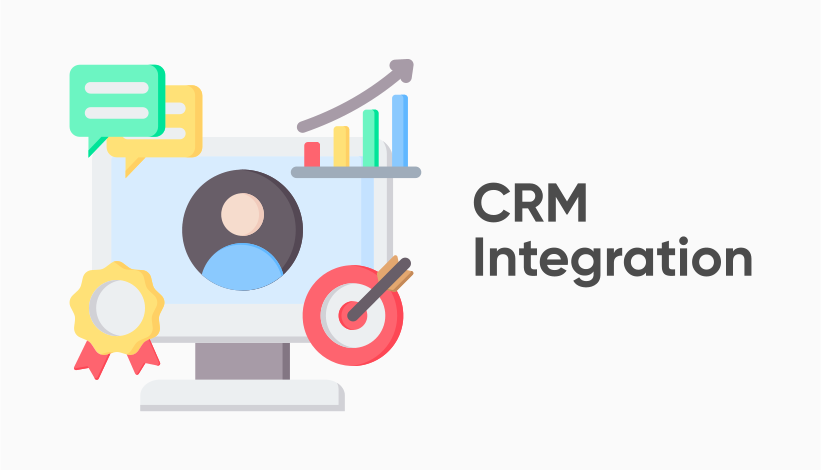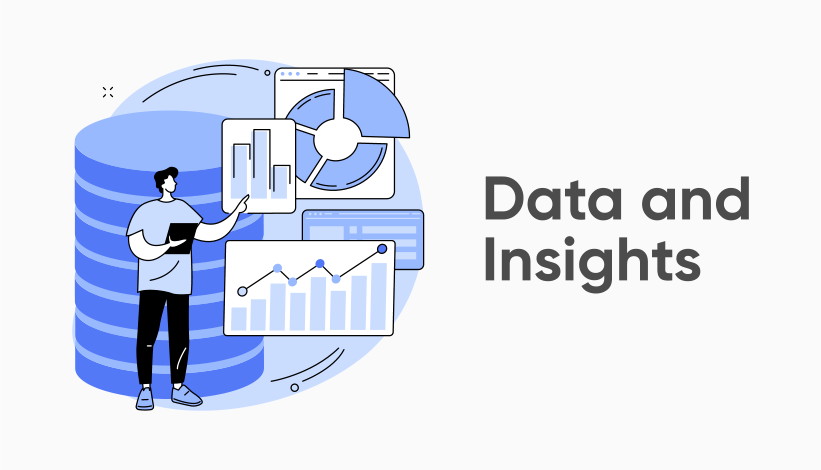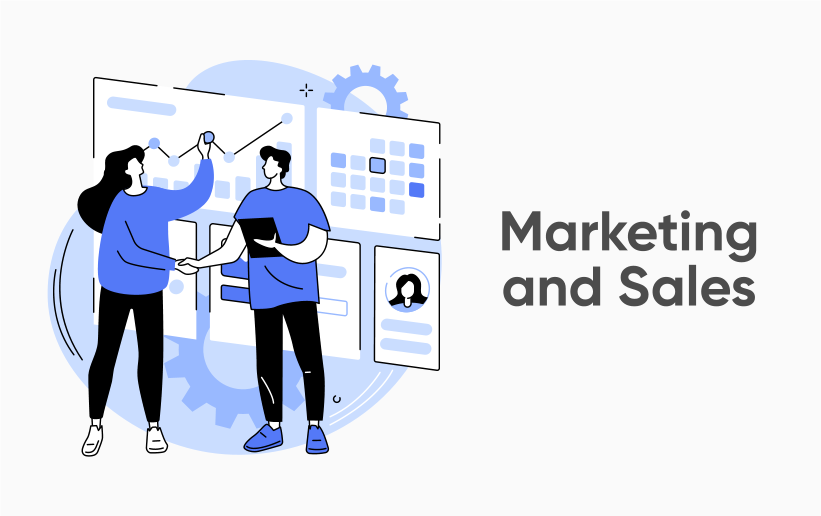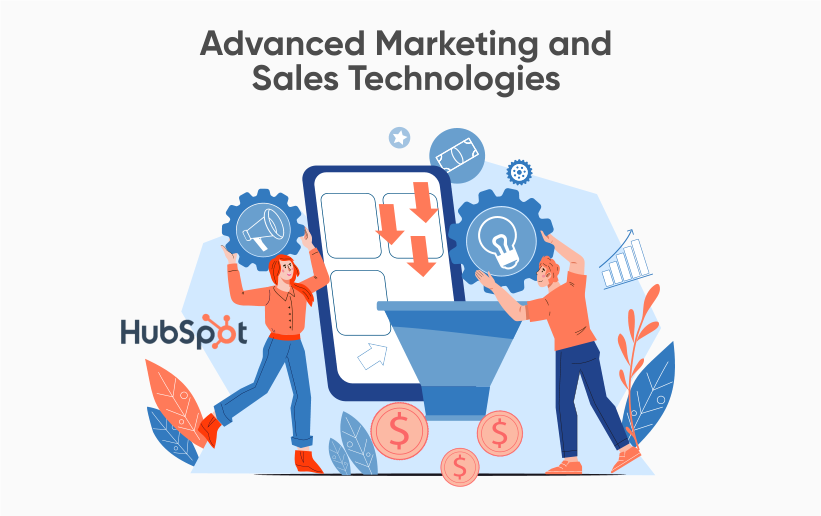Marketing and Sales
The evolution of marketing and sales has been remarkable. The emergence of technology has revolutionised how businesses reach their audiences and close deals. In this digital age, consumers are more connected and informed than ever, thanks to the internet and social media. As a result, businesses must adapt or risk falling behind.
Two of the leading tools that can help you adapt and thrive in this changing landscape are HubSpot Marketing and CRM. In this blog, we will delve into the various aspects of HubSpot and how it can elevate your marketing and sales efforts.
Emerging Marketing & Sales Dynamics
Data-Driven Marketing and Personalization
- Big Data and Analytics: The availability of big data and advanced analytics tools enabled businesses to collect and analyse customer data. This data-driven approach allowed for more personalised marketing and sales efforts.
- Marketing Automation: Marketing automation platforms emerged, enabling businesses to automate repetitive tasks, segment audiences, and send personalised messages at scale.
Inbound Marketing and Content Automation
- Inbound Marketing: Inbound marketing shifted the focus from interruption-based advertising to attracting and nurturing leads through valuable content. HubSpot and other platforms popularised this approach.
- Content Automation: Businesses began using marketing automation tools to automate content distribution, lead nurturing, and email marketing, making marketing efforts more efficient.
AI, Machine Learning, and Predictive Analytics
- Artificial Intelligence (AI) and Machine Learning (ML): AI and ML technologies have enabled predictive analytics, allowing businesses to anticipate customer behaviour, personalise recommendations, and optimise marketing campaigns.
- Chatbots and Virtual Assistants: AI-powered chatbots and virtual assistants have become valuable tools for instant customer support and engagement.
Omnichannel Marketing and Customer-Centricity
- Omnichannel Marketing: Businesses now seamlessly engage with customers across multiple channels, providing a consistent and personalised experience.
- Customer-Centric Approach: The emphasis has shifted from product-centric to customer-centric strategies. Brands prioritise understanding and fulfilling customer needs and preferences.
Sustainability and Ethical Marketing
- Sustainability: Environmental and social responsibility have become critical considerations for businesses. Ethical marketing practices, such as green marketing and social impact initiatives, are increasingly important to consumers.
- Transparency: Consumers demand transparency in marketing and sales. Brands must be honest and open about their products, practices, and values.
Future Trends and Technologies
- Voice Search and AI Voice Assistants: Voice-activated devices and AI voice assistants like Alexa and Siri shape how consumers search for information and purchase.
- Augmented Reality (AR) and Virtual Reality (VR): AR and VR technologies are integrated into marketing and sales strategies, offering immersive and interactive experiences.
- Blockchain Technology: Blockchain is being explored for its potential to ensure data security, transparency in transactions, and combating fraud in marketing and sales.
HubSpot Marketing and CRM
HubSpot is a comprehensive platform that combines marketing automation and CRM functionalities into one integrated system. It offers tools designed to streamline marketing and sales processes, making them more efficient and effective.
At its core, HubSpot’s Marketing Hub helps businesses attract, engage, and delight customers. It offers features for creating and managing content, email marketing, social media marketing, and SEO optimisation. On the other hand, HubSpot’s CRM focuses on managing customer relationships and sales pipelines, providing valuable insights into customer interactions.
The benefits of HubSpot are vast. It enables businesses to capture customer data, automate marketing tasks, and personalise communication. The result is improved lead generation, better conversion rates, and higher customer satisfaction.
Implementing HubSpot Marketing and CRM
Implementing HubSpot successfully requires careful planning and execution. Here’s a step-by-step guide to get started:
- Assessment: Begin by assessing your current marketing and sales processes. Identify pain points and areas where HubSpot can make a difference.
- Account Setup: Sign up for HubSpot and create your account. Choose the right plan based on your needs.
- Onboarding: Use HubSpot’s onboarding resources, including tutorials, webinars, and documentation.
- Data Migration: If you have existing customer data, ensure a smooth migration to HubSpot’s CRM. This may involve importing contacts, deals, and company information.
- Integration: Integrate HubSpot with your website, email, and other essential tools. This ensures seamless data flow and automation.
- Content Creation: Utilise HubSpot’s content creation tools to develop compelling content for your audience.
- Campaign Setup: Set up marketing campaigns, including email marketing, social media, and automation workflows.
- Training: Train your team on using HubSpot effectively to maximise benefits.
- Monitoring: Monitoring your campaigns and sales processes. Use HubSpot’s analytics to make data-driven improvements.
- Regular Updates: Stay informed about new features and updates in HubSpot. Keep your strategies up to date.
Leveraging Advanced Features
HubSpot offers a range of advanced features that can take your marketing and sales efforts to the next level. Here are some key features to explore:
Automation
HubSpot’s automation tools allow you to set up workflows that trigger actions based on user behaviour. For example, you can automatically send personalised emails to leads who visit specific pages on your website, nurturing them through the sales funnel.
Analytics
HubSpot provides robust analytics and reporting features, allowing you to track the performance of your marketing campaigns and sales efforts. By analysing data, you can make informed decisions and optimise your strategies for better results.
CRM Integration
HubSpot’s CRM seamlessly integrates with its marketing tools, ensuring that your sales and marketing teams access the same information. This alignment leads to more efficient communication and a better understanding of your customers.
These advanced features empower you to create highly targeted and efficient marketing and sales campaigns, ultimately driving growth for your business.
Integrating HubSpot with Your Business
Integrating HubSpot with your existing systems, such as your website, email, and customer support software, ensures that data flows seamlessly. This means no more manual data entry or switching between multiple platforms.
How to Integrate HubSpot
- Identify Key Systems: Determine which systems you need to integrate with HubSpot. Standard integrations include website CMS, email marketing platforms and e-commerce systems.
- Choose Integration Methods: HubSpot has various integration methods, including native integrations, third-party apps, and custom APIs. Select the way that best suits your needs.
- Configure Integrations: Follow the provided documentation or work with a developer to configure the integrations. Ensure that data syncs accurately and in real-time.
- Test and Monitor: Test the integrations to ensure they work as expected. Continuously monitor data flow and resolve any issues promptly.
Staying Competitive with Data and Insights
Data is the lifeblood of success in the modern marketing and sales landscape. HubSpot provides valuable insights that can help your business stay competitive:
Role of Data
Data allows you to understand your audience better, track the performance of your marketing efforts, and make informed decisions. With HubSpot, you can access data on website visits, email engagement, lead behaviour, and more.
HubSpot Insights
HubSpot’s analytics tools provide in-depth reports and dashboards. You can measure the ROI of your marketing campaigns, track lead conversion rates, and identify which channels drive the most traffic and sales.
Tips for Data-Driven Success
- Regularly review and analyse our data to identify trends and opportunities.
- Use A/B testing to optimise email subject lines, content, and CTAs.
- Leverage lead scoring to prioritise nurturing high-quality leads.
Staying Ahead of Trends
To stay ahead in the ever-evolving world of marketing and sales technologies, it’s crucial to keep an eye on emerging trends. Here are some trends to watch and strategies to stay ahead:
Upcoming Trends:
- AI and Chatbots: AI-powered chatbots are becoming increasingly popular for providing real-time customer support and engagement.
- Video Marketing: Video content continues to dominate social media and online platforms.
- Voice Search: As voice-activated devices gain popularity, optimising or voice search is vital.
- Sustainable Marketing: Consumers are increasingly concerned about environmental issues, making sustainability a key focus in marketing.
Strategies for Adaptation:
- Continuous Learning: Encourage your team to stay updated with industry trends through training and conferences.
- Experimentation: Don’t be afraid to test new marketing channels and technologies to see what works best for your audience.
- Customer-Centric Approach: Focus on providing exceptional customer experiences, as satisfied customers are likelier to become advocates.
Conclusion
In today’s fast-paced business environment, seizing the advantages offered by advanced marketing and sales technologies is vital to your success. HubSpot Marketing and CRM are potent tools that can drive growth, streamline operations, and enhance customer relationships. Don’t wait to embrace these transformative capabilities.
Take action now and partner with Ubique Digital Solutions to harness the full potential of HubSpot. Our experts are ready to guide you on your journey to success, helping you implement, optimise, and maximize HubSpot’s capabilities. Contact us today.
FAQs
Q: How can HubSpot benefit my business?
HubSpot can benefit your business by streamlining marketing and sales processes, improving lead generation and conversion rates, centralising customer data, and providing valuable insights through analytics. It helps you deliver personalised content, automate tasks, and integrate with other systems to enhance efficiency and customer satisfaction.
Q: Is HubSpot suitable for small businesses?
Yes, HubSpot offers plans and features catering to businesses of all sizes, including small ones. The platform’s scalability allows you to start with the needed parts and expand as your business grows. Small businesses benefit from its user-friendly interface, automation capabilities, and affordable pricing options.
Q: What are the typical costs associated with HubSpot?
HubSpot’s pricing varies depending on the plan and features you choose. They offer free and paid plans, with additional costs for advanced features and services. The cost can range from a few hundred dollars monthly for small businesses to more substantial fees for larger enterprises. It’s essential to assess your needs and budget before selecting a plan.
Q: How long does it take to implement HubSpot?
The time required to implement HubSpot can vary depending on the complexity of your business processes and the extent of integration needed. On average, a basic setup can be completed in a few weeks, while more complex implementations may take a few months. HubSpot provides onboarding resources and support to help you get started efficiently.
